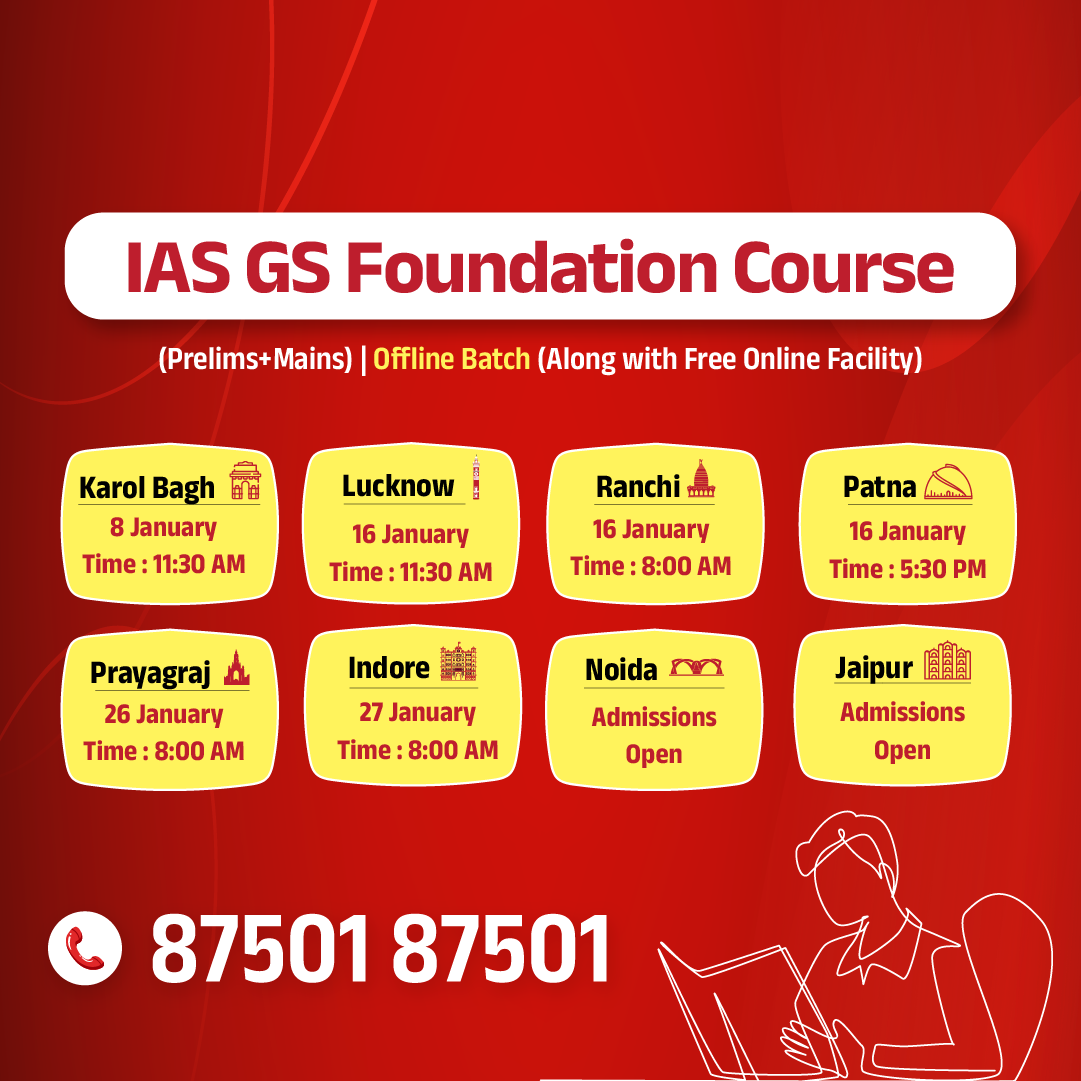Madhya Pradesh Switch to Hindi
Fourth Edition of 'Anugunj'
Why In News?
- On December 4, 2022, Minister of State for School Education (Independent Charge) Inder Singh Parmar inaugurated the fourth edition of 'Anugunj' at Government Subhash Uttam Vidyalaya, Bhopal.
Key Points
- School Education Department will organize cultural program 'Anugunj' for the students of government schools in Madhya Pradesh every year under 'Art-enriched Education' till December 5.
- 'Anugunj' is an innovative program of 'Arts-enriched Education' in the direction of the global education system STEAM (Science, Technology, Engineering, Arts and Mathematics) of School Education Department of Madhya Pradesh. Now the programs of Anugunj are being organized in other divisions also. Some attractive presentations of these divisions are also included in the state level program of the capital Bhopal.
- Chief Secretary School Education Rashmi Arun Shami said that students of Bhopal, Indore, Gwalior and Ujjain divisions of the state are participating in the fourth edition of the state level 'Anugunj' organized in Bhopal. 'Anugunj' is being edited under three main sections Rangkar, Dhanak and Srijan.
- Anugunj provides an opportunity to students to learn the nuances of the arts with great enthusiasm in terms of 'Education with Art'.
- Madhya Pradesh has been grouped with the North Eastern states, Manipur and Nagaland for cultural exchange in the 'Ek Bharat-Shreshtha Bharat' program envisaged by the Central Government, which will provide an opportunity to know the interstate culture, arts and styles. In this sequence, cultural glimpses of these states will also be seen in 'Anugunj' 2022.
Madhya Pradesh Switch to Hindi
Wild Buffalo in Kanha Tiger Reserve
Why In News?
- On December 4, 2022, Madhya Pradesh's PCCF Wildlife, JS Chauhan said that preparations are on to settle wild buffaloes in Kanha National Park. The forest department will write a letter to the Assam government demanding wild buffaloes.
Key Points
- It is worth mentioning that wild buffaloes were found in Kanha National Park 40 years ago. Gradually they became extinct. Now the state government is once again trying to populate the forest of the state with wild buffaloes.
- The number of Asian wild buffaloes is currently less than four thousand. Wild buffaloes, which were found in large numbers throughout Southeast Asia until a century ago, are today found only in India, Nepal, Burma and Thailand.
- They are found in the Kaziranga National Park in Assam, India. In central India, they are found in the Udanti-Sitanadi Tiger Reserve in Gariaband district in Chhattisgarh and the Indravati National Park in Kutru, Bijapur district.
- A species of wild buffalo, with a white mark on its head, was earlier also found in the forests of Madhya Pradesh, but is now extinct.
- The female wild buffalo gives birth to five children in its lifetime. Their life span is nine years. Generally, female wild buffaloes and their offspring remain in flocks and live separately from the male herd. But if a female of the herd is ready to conceive, then the most powerful male does not allow any other male to come to her. This male usually lives around the herd.
- Male children leave the herd at the age of two. Wild buffalo is often born at the end of the rainy season. If a child's mother dies, other females adopt it.
- The biggest threat to wild buffaloes is from infected diseases of domesticated cattle, the major disease being foot and mouth. A disease called Redampest had at one time greatly reduced their number.




.png)




.jpg)























.png)


.jpg)

 PCS Parikshan
PCS Parikshan

